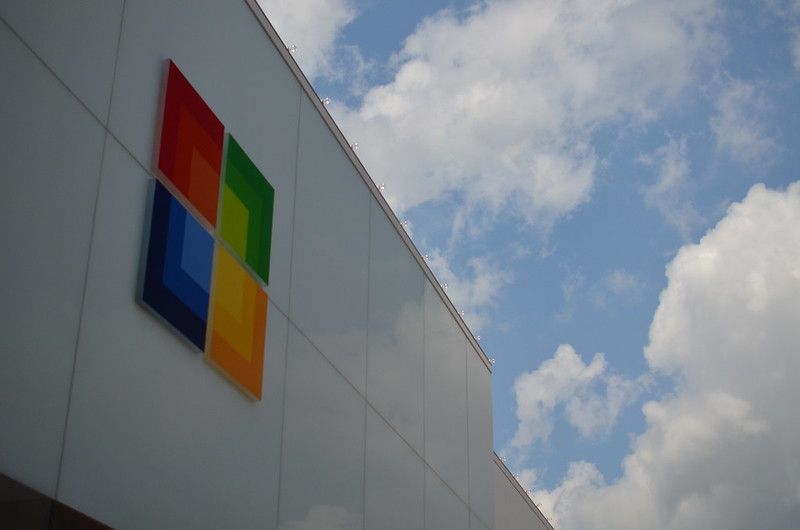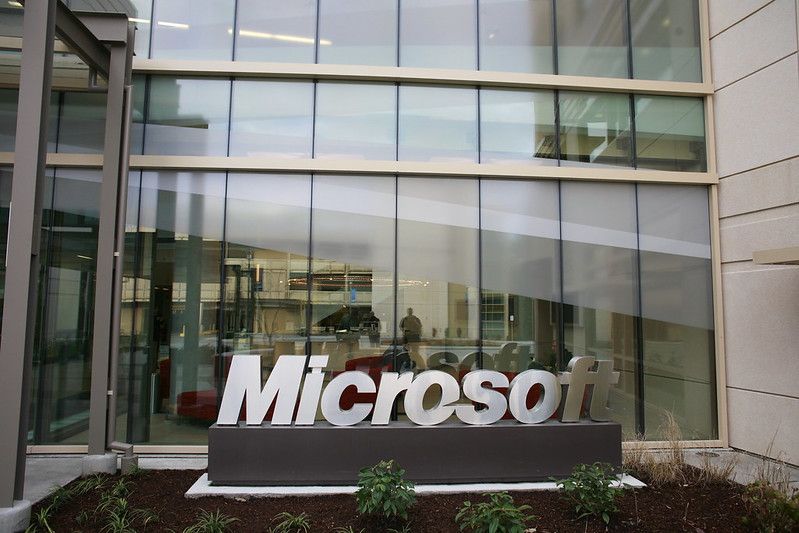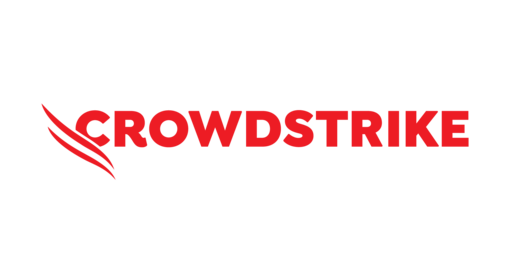Microsoft has made the controversial decision to start testing ads within the Start menu on Windows 11. In an announcement on the Windows Insider blog, the tech giant revealed it will be showing "recommendations" in the form of app suggestions and third-party product promotions on the Start menu for some beta testers.
The Start menu ad test was first spotted in Windows 11 Insider Preview released on April 12th, 2024. As described in the release notes, "Some Windows insiders may see Microsoft show suggestions for you in the form of text or images about available apps from third-party companies in the Start menu."
What Exactly Are These Windows 11 Start Menu Ads?
According to Microsoft's blog post, the "recommendations" will appear as tiled content when the Start menu is clicked open. These ads can take the form of text promotions, branded images/graphics or a modal fly out window format.
The company states the sponsored content will be driven by AI and Microsoft's editorial curation to ensure quality and relevance. However, the core purpose is transparently an effort to drive more app downloads, service subscriptions and e-commerce purchases - in essence, generate new revenue streams through advertising.

"Microsoft" by JeepersMedia is licensed under CC BY 2.0.
This isn't the first time Microsoft has experimented with advertising on Windows. As The Verge reported, the company previously tested promoted suggestions and Bing web results within the File Explorer on Windows 11 in early 2022. That trial run was scrapped after significant user backlash over the invasive amount of promoted content.
Public & Expert Reaction So Far
News of Microsoft injecting ads into the Start menu, traditionally an under utilized part of the Windows experience, has sparked significant criticism and skepticism from tech experts, journalists and early Windows Insiders.
ZDNet's veteran Microsoft reporter Mary Jo Foley called it a "non-starter" that will likely face the same user backlash as previous Microsoft ad attempts on Windows. "If there's one thing Windows users have made abundantly clear, it's that they don't want their operating system crammed with advertisements," she wrote.
The Verge's Tom Warren was similarly doubtful Microsoft's AI curation could make sponsored content feel properly contextual and 'in your face' within the Start menu. "No one wants a bunch of ads littering what's supposed to be a utility Surface for launching apps," he stated.
Paul Thurrott of Thurrott.com expressed confusion over Microsoft's rationale, arguing "The Start menu is the last place anyone wants to see third-party advertisements. This will go over like a lead balloon."
Core concerns around the ad experiment
Lack of relevance - Skepticism about whether AI curation can truly ensure sponsored suggestions are high-quality and tailored to each user's interests and needs at that specific moment.
"Microsoft's editorial staff is not large enough to properly vet every recommendation," said Petri.com's Brad Sams. "The AI will inevitably get it wrong frequently which defeats the purpose."
Tracking & privacy issues - Worries that Microsoft will have to aggressively track user data across apps/services to enable effective ad targeting.
Disruption of user experience - Fears obtrusive ad placements will be an annoying distraction in an interface meant for quickly accessing apps/OS functions.
"The Start menu is core human-machine interface for Windows, introducing ads into that workflow is UX suicide," said Ryan Mack, a designer specializing in operating system UX/UI. "It completely breaks the flow and productive feeling."
Not everyone was totally opposed, however. Longtime Windows developer Brian DeMarco saw it as an inevitable evolution, telling Windows Latest "As much as we might not like it, ads are already integrated into every other desktop service we use from your browser to your non-Windows apps...the Start menu seems like the logical next frontier."

"Jak dopasować menu Start w Windows 10" by download.net.pl is licensed under CC BY-ND 2.0.
But the overwhelming takeaway from experts is that Microsoft will have to tread extremely carefully to avoid a backlash - implementing unintrusive, highly relevant ad experiences that don't degrade the fundamentals of the Windows user interface and experience.
Whether their AI and human curation can achieve that delicate balance remains to be seen as user testing feedback rolls in. But the scrutiny underscores how thoroughly Microsoft has embraced advertising as a new revenue pillar across its products and services.
Microsoft's Ads Motivations
So why is Microsoft willing to risk more user backlash by pushing advertising onto the core Windows 11 experience? The driving factors likely revolve around the company's increasing emphasis on recurring revenue streams and monetizing its software and services through advertising.
For years, Microsoft generated the bulk of its Windows income through lucrative upfront OS licensing fees paid by PC manufacturers and consumers. But as tech markets evolved toward subscription models, mobile apps, and online services, that traditional revenue model has experienced pressure.
"The cash cow that was big upfront Windows licenses has been drying up for a while," said Microsoft business strategy analyst Dan Rayburn. "They have to find new ways to monetize not just Windows but all their products and services."
Indeed, under CEO Satya Nadella, Microsoft has aggressively shifted its business toward cloud-based solutions like Microsoft 365, Azure and other recurring subscription offerings. The company's financials show this transition is working, with cloud revenue growing 35% year-over-year.
However, unlike cloud infrastructure rivals like Amazon Web Services, Microsoft hasn't fully replicated its Windows-era levels of operating profit margin with subscriptions alone. Advertising has emerged as a key new revenue lever to pull.

"Microsoft Store" by Michael Kappel is licensed under CC BY-NC 2.0.
Microsoft's advertising business, including Bing search ads and promotions within products like Xbox, grew 25% in its last reported quarter to over $1 billion in revenue. While still small compared to Google and Meta/Facebook's ad operations, it's growing rapidly thanks to increases in mobile advertising.
But the bigger prize may lie in bringing more advertising experiences to the billions of desktop and laptop Windows users. "That's a massive premium audience for Microsoft to finally start unlocking after years of avoiding obtrusive ads on Windows," said ad tech analyst David Carton.
Some at Microsoft also argue that advertising can be a key part of supporting "Windows as a Service" by funding ongoing upgrades and enhancements for users in between major paid releases. "There's an incentive to keep evolving and improving the product if there's an advertising revenue stream attached to it," one former Microsoft manager told Windows Central.
Of course, the risk is that advertising could degrade the very user experience driving that massive Windows installed base. But like many tech giants, Microsoft appears willing to experiment with new ad formats and implementations in pursuit of more sustainable revenue streams.
Striking that balance between viable ad monetization and preserving quality user experiences will likely dictate the extent of Microsoft's ad ambitions for Windows 11 and beyond. For now, testing Start menu ads represents a significant new step in that ad-centric business model evolution.
The Broader Ad Ecosystem Push
Microsoft is certainly not alone in pushing advertising onto devices and operating systems traditionally viewed as ad-free experiences. As technology becomes increasingly embedded into all facets of life, here are just a few other examples:
- Smart home speakers like Amazon's Alexa devices now commonly serve audio ads between voice queries
- Smart TV software like Roku and Amazon's Fire TV are packed with sponsorships and shopping catalogs
- Even mobile operating systems like Android prominently feature suggestions for apps, services and other purchases
At their core, most software/hardware companies are leaning more heavily on advertising-driven income to sustain growth and profits. As consumer appetite for one-time software purchases and basic subscriptions wanes, the emphasis has shifted to driving continuous engagement with premium content, services and advertising.
The Delicate Balance
Yet for operating systems intended to create a frictionless, productive computing experience, too aggressive an ad-strategy can quickly disrupt and degrade that core user experience.
As smart home expert Alexandra Wyman notes, "While some well-implemented sponsored content can be tolerated and even valued in certain contexts, injecting ads into primary OS navigation and workflows is a risky move that could seriously hamper usability and erode customer trust."
Striking the right balance between ethical advertising and preserving an optimal user experience will likely continue to be an ongoing challenge for Microsoft and other tech giants in the years ahead.
The Future of Ads on Devices
If the Windows 11 Start menu ad experiment avoids a major user revolt and performs well enough in engagement/revenue metrics, it's probable Microsoft will expand advertising and sponsorship placements across its other platforms and services over time.
Industry analysts expect we could eventually see promoted content integrated into the desktop taskbar, within dedicated Office apps like Word and Excel and even directly in the Windows desktop UI. How far Microsoft takes it may depend on advances in personalized AI that can theoretically serve more contextual, individualized sponsored experiences.
Quinthen Browne, an ad tech analyst at Gartner, believes "As AI gets smarter at targeting ads based on real-time user signals around habits, interests and even emotions, there could be an appetite for more immersive forms of advertising within operating systems – almost a form of virtual product placement within our core computing environments."
While advertising on computer operating systems may eventually become as normalized and immersive as mobile marketing, consumer backlash and tolerance levels will determine how far Microsoft and other OS-makers can go before it becomes overly intrusive and drives users away.
For now, the Start menu ads remain an experiment - but one that serves as an important bellwether for how forcefully Big Tech will commercialize bedrock software experiences in the pursuit of more revenue.








